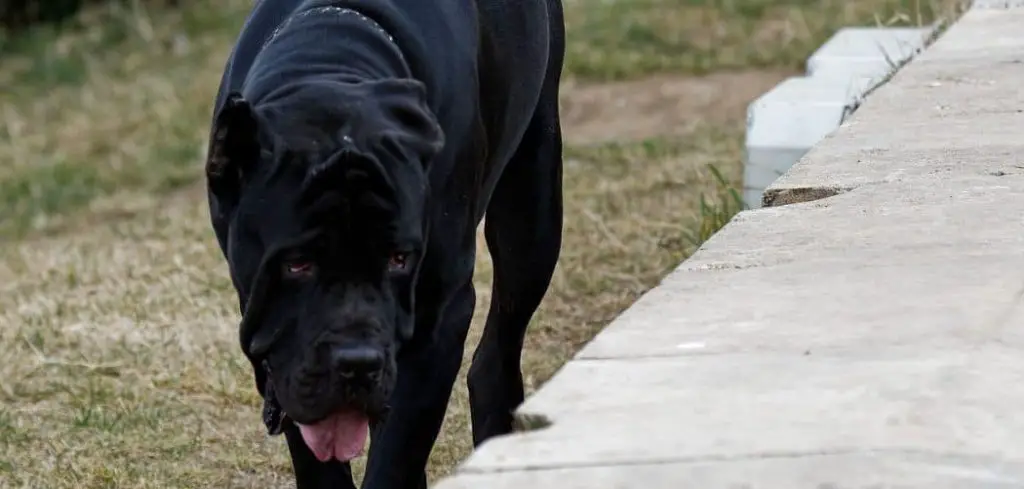When your dog is vomiting, won’t eat, and begins to shiver or tremble, it’s a clear sign something is wrong.
We outline what this combination of symptoms might mean and how to respond before your dog’s condition worsens.
My Dog Is Vomiting, Not Eating, and Shivering: Why It Happens
When your dog is vomiting, won’t eat, and begins to shiver, this combination of symptoms can be caused by conditions such as pancreatitis, toxin ingestion, severe nausea, gastrointestinal blockages, or internal pain.
Vomiting and loss of appetite indicate digestive upset or systemic illness, while shivering typically signals discomfort, fever, or weakness. Together, they suggest that your dog is struggling physically and may need urgent medical attention.

My Dog Is Vomiting, Not Eating, and Shivering: Common Causes
1. Pancreatitis
Pancreatitis is a painful condition where the pancreas becomes inflamed—often after your dog eats something fatty.
It frequently causes vomiting, refusal to eat, shivering, and signs of abdominal pain such as a hunched posture or reluctance to move.
It requires immediate veterinary care, including IV fluids, anti-nausea medication, pain relief, and supportive care to stabilize your dog.
Related: Dog vomiting and not eating (Causes and when to worry)
2. Toxin Ingestion
Ingesting toxins like chocolate, xylitol (found in sugar-free gum), certain plants, or human medications can trigger vomiting, inappetence, and shivering due to pain or neurologic effects.
Even small amounts can be life-threatening depending on the substance and your dog’s size.
If your dog vomited suddenly, refuses food, and begins to shiver—especially after unsupervised access to household items—call your vet or a pet poison hotline immediately.
3. Severe Gastrointestinal Upset or Blockage
If your dog swallowed something indigestible like a toy, bone, or sock, it can cause a blockage.
The result is often persistent vomiting, loss of appetite, and shivering due to discomfort or dehydration.
Gastrointestinal blockages typically require x-rays or ultrasound to diagnose and may need surgery to remove the obstruction.
4. Pain or Fever
Dogs that are in pain—whether from injury, arthritis, or illness—may shiver, lose interest in food, and vomit due to stress or inflammation.
Infections that cause fever also commonly lead to these symptoms.
Shivering isn’t always cold-related. It’s a non-verbal way dogs communicate distress, and when paired with vomiting and not eating, it’s a big red flag.
Related: Dog Vomiting Not Eating and Lethargic (What it means)
5. Stress, Anxiety, or Motion Sickness
In some cases, anxiety or fear (such as during a storm, after a car ride, or while boarding) can cause nausea, vomiting, inappetence, and shivering.
While less dangerous, it’s still worth evaluating—especially if your dog’s behavior is out of character.
Mild stress-related symptoms typically resolve within a few hours.
If they persist or worsen, physical causes should be ruled out by your vet.
What to Do If Your Dog Is Vomiting, Not Eating, and Shivering
If symptoms just began and are mild, you can monitor your dog at home briefly—but be ready to act quickly. Here’s what you can do:
Withhold food for 8–12 hours, but allow small sips of water or ice chips.
Keep your dog warm and calm, especially if they are trembling.
Avoid giving any medications, including over-the-counter remedies, unless prescribed.
Offer a bland meal like plain boiled chicken and rice after the fasting period if vomiting has stopped.
Monitor closely for other symptoms, like diarrhea, weakness, or bloating.
However, if shivering continues, vomiting doesn’t stop, or your dog remains disinterested in food, don’t delay a vet visit.
When to Call or Visit Your Vet
Contact your vet immediately if your dog:
Vomits repeatedly in a short span
Refuses both food and water for more than 12–24 hours
Shivers persistently or shows signs of pain
Has a fever, bloated abdomen, or bloody vomit/stool
Seems lethargic or unable to get up
May have consumed a toxin or foreign object
Is a senior dog, puppy, or has a chronic health condition
A vet can perform diagnostics such as blood work, x-rays, or ultrasound to find the root cause and start treatment early.
Key Takeaway
Vomiting, appetite loss, and shivering are your dog’s way of saying something is seriously wrong.
Whether it’s pain, illness, or toxin-related, these symptoms are rarely harmless—especially when they appear together.
While you can monitor mild cases at home for a short while, any escalation calls for prompt veterinary care.
Acting quickly can help your dog feel better faster—and in serious cases, it may save their life.
